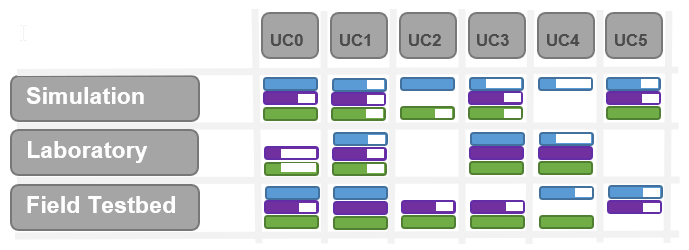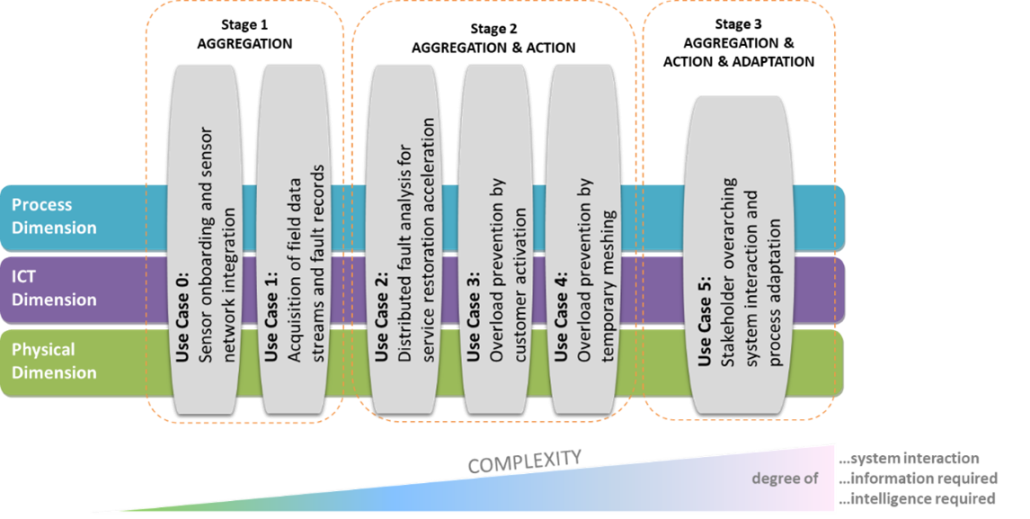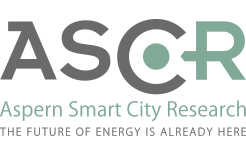The PoSyCo project is scheduled to run from January 2019 to June 2022 and has a budget of 3.7 million euros. The Climate and Energy Fund is providing 2.5 million euros in funding. The goal pf PoSyCo is to enhance the conventional network protection concept with an intelligent add-on. This SOFT protection system is a tool designed to prevent overloads. At the same time, it creates new sources of information that facilitate improved analysis and faster diagnosis of faults. This represents a challenging but important step towards the smart grids of the future.
Test environments and test cases
In PoSyCo, tests are carried out in the laboratory environments of the partners, by means of simulations using virtual testbeds modelled in BIFROST and in the ASCR Living-Lab in aspern, Vienna’s Urban Lakeside. The aim is to validate the performance and functionalities of the PoSyCo approaches and algorithms. The focus is on system integration, handling of dependencies and interaction between the subsystems of the SOFTprotection applications.

For this purpose, test cases were defined so that the examined use cases as well as the three dimensions “Physical”, “Information and Communication” and “Process” can be validated sufficiently.

The highlights and results can be read in the published final report.
Further information can be found on the TU Graz page in the Center of Knowledge Interchange Siemens.
Project Goals
The upcoming changes in the generation and consumption of electricity due to the increasing number of renewable producers on one hand and e-mobility on the other hand rise new challenges for the electric grids. The overarching goal of the PoSyCo project is to develop solutions that help mitigate the stress on the grid and to test them in different environments.
Under these new conditions not only the hardware has to be reconsidered but also the processes for maintaining and expanding the grid. Furthermore, databases and structures must be set up in order to be able to reliably and securely collect, store and correctly forward the masses of data.
- To use the data in a meaningful way, algorithms will be required that preprocess the overwhelming amount of data and provide condensed information and suggestions for decision making by trained personnel.
- The training of this personnel requires new infrastructures.
- A completely new nomenclature for the data points has to be developed for the entire grid to allow saving the data points correctly, even if there are changes in the grid. These changes can be short lived, e.g. when rerouting during the outage of a connection, but also permanent, e.g. when the grid is expanded or altered.
- The roll out of new components into the grid must be supported by software automation to keep the required personnel costs within reasonable limits.
- Criteria must be developed that guide the decision on where to deploy which sensors.
PoSyCo consortium
Consortium management and project management: AIT Austrian Institute of Technology GmbH
Industry partners: Aspern Smart City Research GmbH & Co KG, Siemens AG Österreich, Wiener Netze GmbH, Wien Energie GmbH
Scientific partner: TU Wien – Institut für Energiesysteme und Elektrische Antriebe, TU Graz – Institut für Elektrische Anlagen, TU Wien – Institute of Computing Engineering (E191)
SME partners: Moosmoar Energies OG


